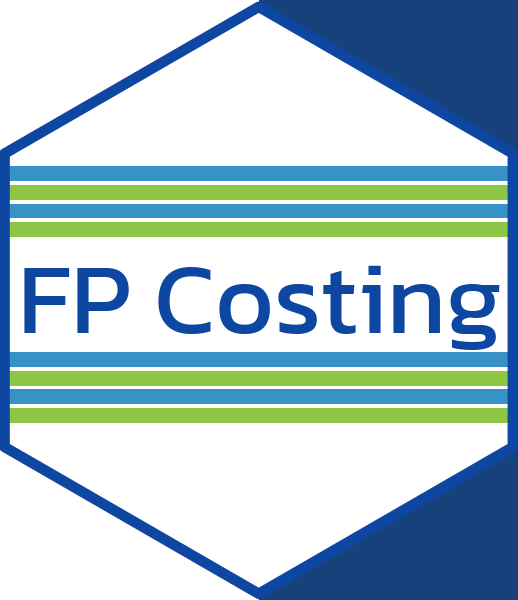
FP Costing 101 Training:
Costing and Economic Evaluation for Family Planning Programs



Module 1, Introduction to Costing, will discuss why and how costing can be used for family planning programs, as well as cover some common terminology used in costing and economic evaluation.
What is "costing"?
"Costing" is the process by which the cost of a specific intervention or service is estimated within a particular context (location, time, population, etc.). "Cost" is a general term that refers to the value of resources/inputs used to produce a good or service and may include monetary and/or non-monetary values.
Some of the different types of costs are described below:
Total vs Unit cost
Fixed vs Variable costs
Recurrent vs. Capital costs
How is costing used?
Costing is a tool used by health economists to evaluate programs. Health economics is a branch of economics concerned with issues related to efficiency, effectiveness, values, and behavior in the production and consumption of health and health care.
Estimating costs is an important aspect of informing decision making when implementing global health interventions. Cost data are used to inform a variety of decisions, for example:
Cost data is used in addition to budget and expenditure data to understand the full financial picture. Each type of data captures a different aspect of the financial picture:

Remember to review the PowerPoint presentation before moving on to the quiz and any exercises if available. If you are interested in learning more about a specific topic, click on any of the additional items in the "Resources" box below to be linked to the relevant material.
Move on to Module 2 to learn about different costing approaches.
NEXT